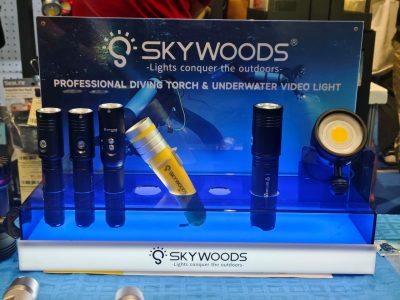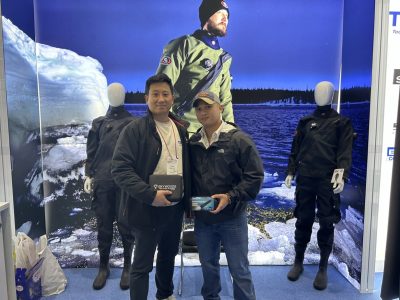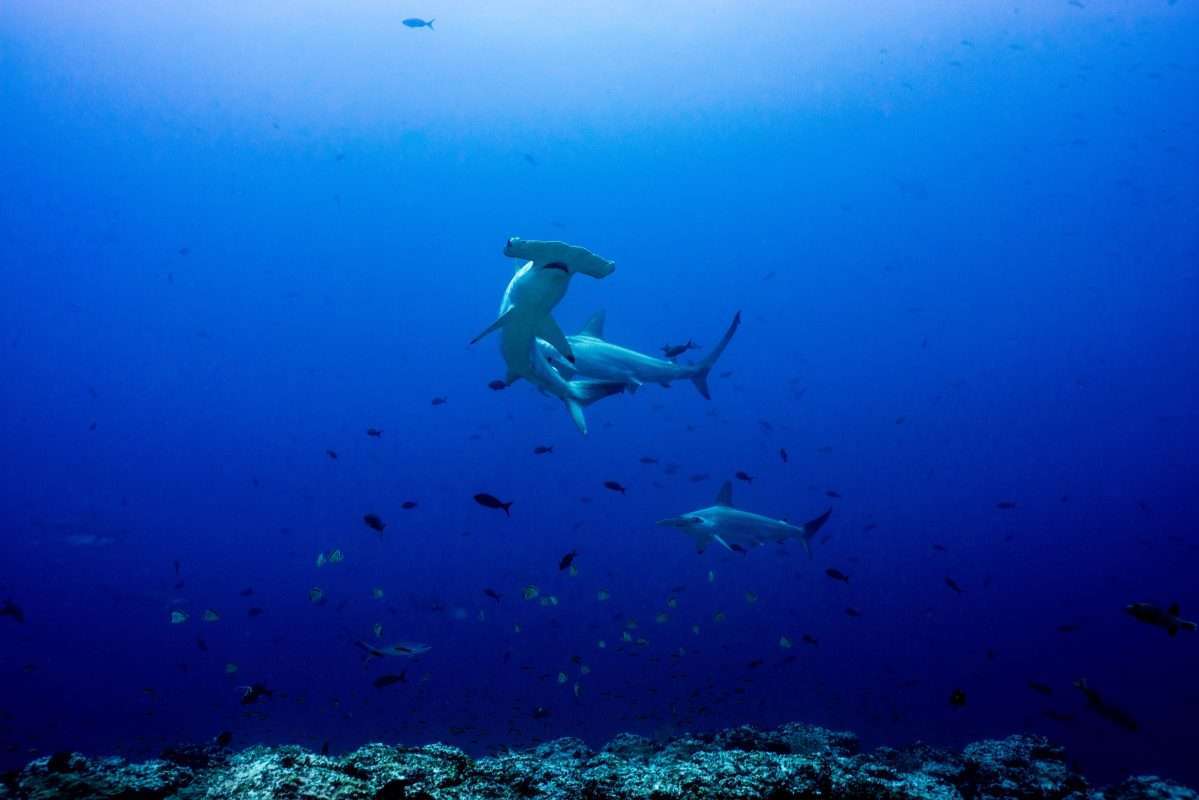
A trip to Central America is less likely to be ruined by inclement weather now that hurricane season is drawing to a close. Due to this, a lot of snorkelers and scuba divers are currently organizing their underwater vacations to some of the top marine locations in the area.
This region of the Americas is perfect for vacationers on a budget who want to have fun but are also constrained by inflation because it has straightforward direct flights from the United States and Canada and affordable excursions from the shore once you arrive. With their schools of fish and laid-back atmospheres, the top aquatic destinations from Belize to Panama have been compiled.
Turneffe Atoll, Belize
Many divers place Belize’s Great Blue Hole, a sizable sinkhole, high on their bucket lists. However, due to its depth, it’s a pricy, lengthy day trip with little time spent underwater exploring. Consider Turneffe Atoll as an addition to or a substitute for the Blue Hole.
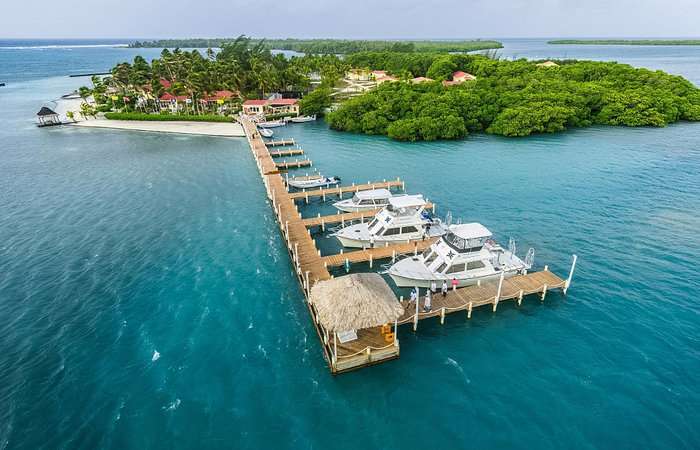
Turneffe is a sparsely populated 30-mile-long coral reef encircling a lagoon with the largest marine reserve in the nation. It is situated approximately 45 minutes by ferry from Belize City or 112 hours from San Pedro Town. A day excursion is less expensive because it is closer to the mainland than the Blue Hole, and you may spend more time at the bottom seeing the local marine life, which includes barracuda, sea turtles, and eagle rays.
Due to the combination of shallow parts and deep sea cliffs, Turneffe is also excellent for groups that include both snorkelers and more experienced divers. In addition, one of the newest wreck dives in the world is located nearby. The Witconcrete Wreck, which was originally used to transport sugar and store molasses, was purposefully sunk last year to serve as a new center for marine activity.
Due to the Blue Hole’s greater popularity than Turneffe, it is advisable to make advance arrangements with dive shops as they may not frequently make the trip or may require a minimum number of participants.
Roatan, Honduras
Roatan, which is 40 miles from the mainland, is known across the world for its diving opportunities and may be the ideal place to visit if you want to explore Central America’s underwater world. Along with Utila and Guanaja, the island is one of the three major Bay Islands in Honduras.
Divers to the area, which is the second-largest reef in the world, are spoiled by a variety of scuba experiences, including coral gardens, caverns, walls and wrecks such as the El Aguila and Odyssey. And it’s all super accessible, located just a few minutes from the shore. “Here on Roatan, it’s pretty much like honeymoon diving: really simple and really easy,” said Nicholas Bach, patrols and infrastructure coordinator for Roatan Marine Park. “Usually, the visibility is remarkably good, there aren’t really any strong currents to name of and the dive sites are all really close by.”
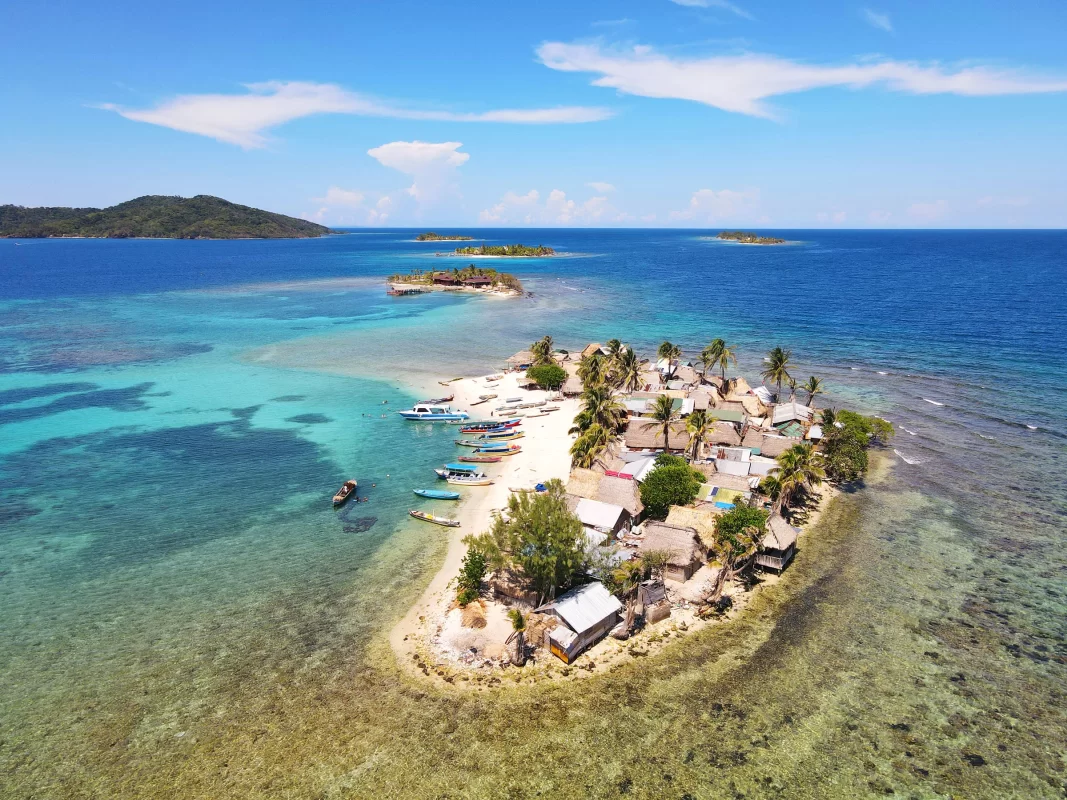
The hotel-lined West Bay Beach is frequently listed as one of the best beaches in the world and also offers snorkeling for tourists who don’t dive. The nice thing about Roatan is that you have beaches on a portion of the island, hotels and bars, and other places that are more remote. Meanwhile, other areas of the island offer a quiet retreat from the crowds. The advantage of being here is that you can decide for yourself how isolated you are, according to Bach.
Corn Islands, Nicaragua
Big Corn and Little Corn, sister islands 40 miles off Nicaragua’s Caribbean coast, are fantastic choices for ocean enthusiasts seeking something off the main road.
Mangrove swamps line Big Corn Island in numerous locations, and several of the reefs closest to the coast have deteriorated. However, the main attraction underwater is Blowing Rock, a rock formation that rises above the water’s surface and is home to a variety of marine life. It is the signature dive of the Dos Tiburones Dive Shop on the island’s north shore.
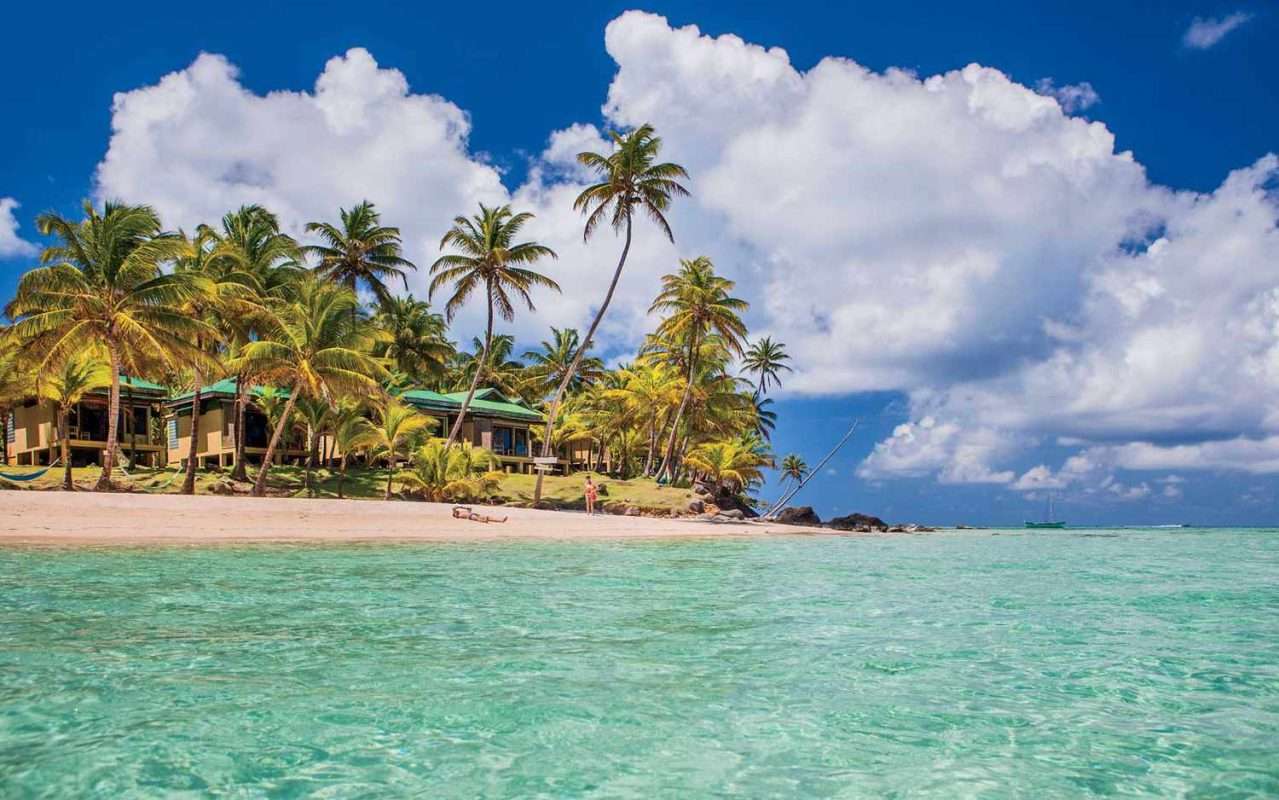
Little Corn Island is only a little over one square mile in size, has no roads or automobiles, but it is home to 20 unique diving sites rich with lobster, nurse sharks, and colorful coral. The Tunnels, which are underwater swim-throughs beneath the reef where sharks prefer to hang out, are for those seeking thrill. The island was historically a hub for lobster fisherman, but in recent years, novice divers and snorkelers have been more and more attracted to the island’s shallow reefs. It’s also one of the least expensive diving locations in Central America.
Cocos Island, Costa Rica
It takes significant effort to go to Cocos Island, a nine square mile deserted island in the Pacific that is located about 340 miles off the coast of Costa Rica. You must enroll with a liveaboard vessel, which is essentially a diving enthusiast’s cruise. A small group of like-minded marine enthusiasts and I eat, sleep, dive, and repeat. Liveaboards can be thrilling experiences for bonding, but due to the time commitment and expense (starting at $400 per day for a 10-night trip), they frequently only draw the most devoted divers.
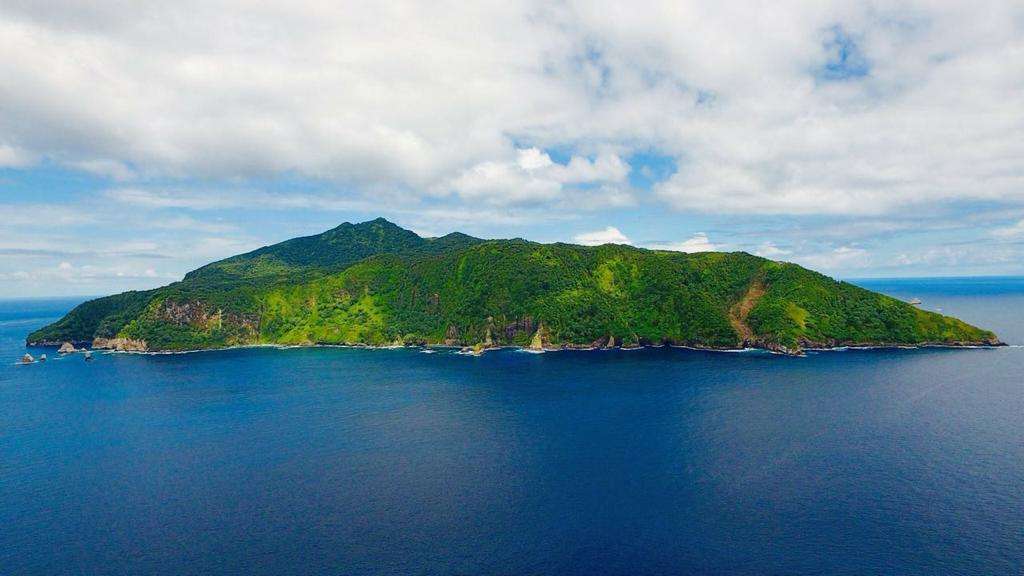
It will take about 36 hours of cruising to get reach the island, which is also a national park and UNESCO site. Because December is the driest month, visibility is great and large schools of hammerhead sharks and manta rays congregate there, but once there, visitors may take advantage of an untouched marine playground that Jacques Cousteau once referred to as “the most beautiful island in the world.” In January, you can have the good fortune to witness the migration of the pilot or humpback whales across the Pacific.
Coiba National Park, Panama
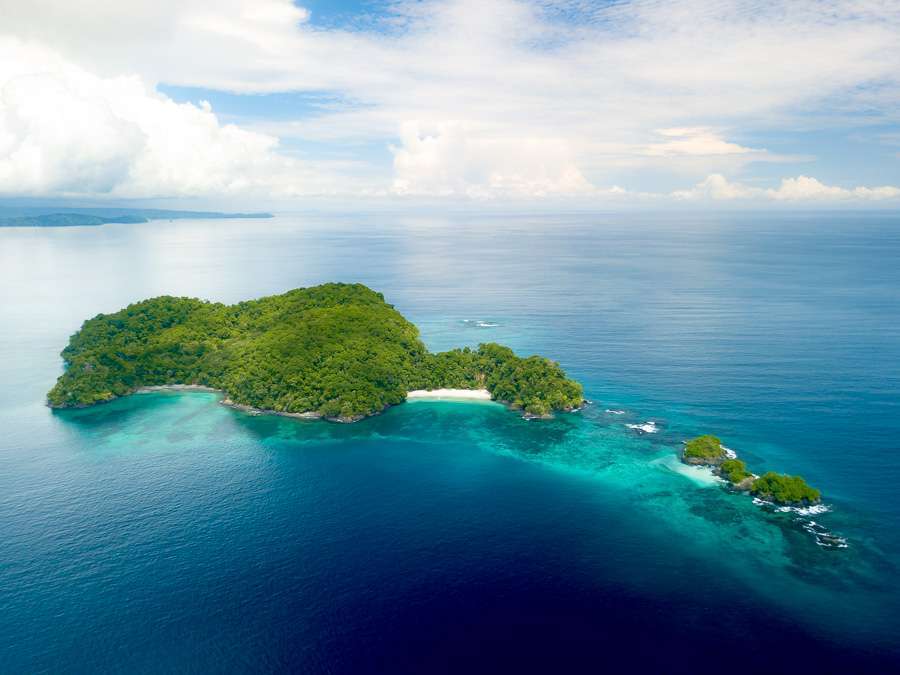
Despite being a UNESCO World Heritage site, Coiba National Marine Park is a huge, little-explored reserve made up of 38 separate islands, and is regarded by ocean lovers as a hidden gem. Start by going to the town of Santa Catalina, which is on the country’s Pacific coast, from whence boat cruises to Coiba depart. A quick 20-minute flight or a six-hour drive from Panama City, followed by a two- to three-hour boat ride to Coiba, are the two options.
The history of the region is evidence of how remote it is: Coiba Island, the largest island, served as a penal colony for many years, with up to 3,000 inmates roaming the forest. Coiba has always been seen as unsettling and frightening by Panamanians, but its purported haunting past has turned out to have an unexpected advantage. Due to the island’s long period of isolation, the jungle was able to survive and is now regarded as one of the planet’s biodiverse regions.
All meals, drinks, and snacks are frequently included in tour operators’ packages. Although there isn’t much lodging in the park, there are few cabins that you can rent from the government. If getting there sounds like a lot of trouble, it is. (Think of it as camping with walls.) White-tipped and hammerhead sharks as well as giant whale sharks pass through starting in December, but for those brave enough to travel there, hammerheads and white-tipped sharks are waiting. Surfers also adore Coiba, and it is regarded as one of the best places in Central America to catch waves.








